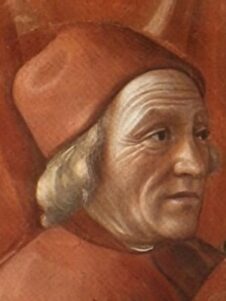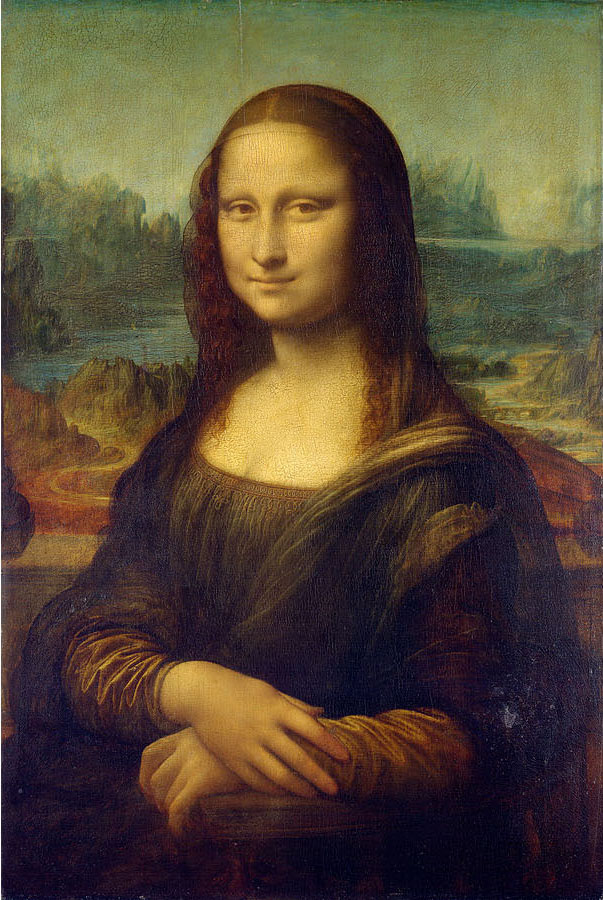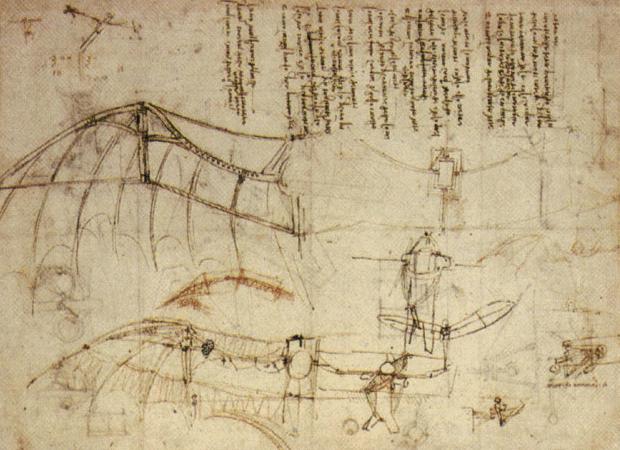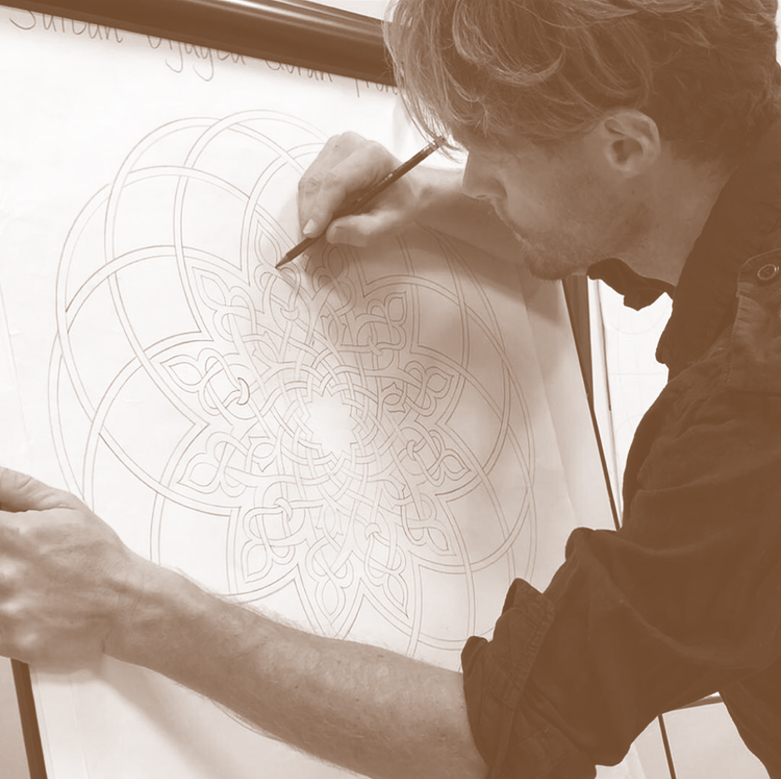On Marsilio Ficino’s Magic
Article By Agostino Dominici
 Marsilio Ficino was a prominent figure in the Italian Renaissance, making significant contributions to the study and revival of Magic. His magical teachings were an amalgamation of Neoplatonism, Hermeticism, and Christian thought. Before delving into Ficino’s magical doctrines, it is essential to explore some of the key themes underlying Renaissance magic.
Marsilio Ficino was a prominent figure in the Italian Renaissance, making significant contributions to the study and revival of Magic. His magical teachings were an amalgamation of Neoplatonism, Hermeticism, and Christian thought. Before delving into Ficino’s magical doctrines, it is essential to explore some of the key themes underlying Renaissance magic.
– Religious and Cultural Syncretism: During the Renaissance, there was a strong interest in the interconnection between various religious traditions. Renaissance magic incorporated elements from Greek, Roman, Egyptian, Jewish, and Christian traditions. This cultural syncretism resulted in a unique blend of practices and beliefs.
– Emanationism: this theme reflects the idea that everything emanates from a divine source or primordial principle. Through knowledge and magical practice, the human being could ascend along this chain of emanations to reach the ultimate source.
– Natural Magic: Renaissance magic believed that there were hidden laws in nature that could be discovered and harnessed for magical purposes. Magic studies the intimate harmony among all parts of the Universe, thus establishing the mutual relationships among natural things.
– Correspondences and Symbolism: rooted in the Hermetic motto ‘as above so below, as below so above’[1], Renaissance magic believed in the correspondences between the different planes of existence. These correspondences and analogies were often symbolically represented and could be exploited for magical purposes.
– Studying the Stars: It was believed that the positions of the heavenly bodies had an influence on individuals and earthly events. Astrologers and magicians could therefore use this knowledge for magical and divinatory purposes.
– Theurgy : Theurgy involved the invocation and interaction with spiritual beings, ultimately seeking connection with one’s inner God or Daemon. Through various magical means, purification, and contemplation, individuals could directly experience divinity.
Renaissance magic represented an attempt to reconcile rational thought with the spiritual dimension, seeking to discover and control the subtle powers of Nature for individual progress and spiritual transformation. For Ficino, magic was not merely about obscure rituals or gaining supernatural powers. It was a discipline that elevated the human soul, connecting it to the divine realm. The goal was to achieve spiritual ‘rebirth’ through an understanding of the Universe’s secrets. The greatest of these ‘secrets’ being the concept of Unity, understood both as the origin of all things, visible and invisible, and as the ‘magical thread’ that linked everything together. Ficino’s thought was based on the ancient concept of emanation, where all things flowed forth from the ‘One’, the highest divine principle. This idea formed the basis for his understanding of the interconnectedness of all existence and ultimately explained how Natural or Sympathetic Magic works.
In the magical and philosophical writings of Marsilio Ficino, two concepts played a significant role, that of “spiritus’’ and “talisman”. The spiritus is like a vital force or breath that permeates the cosmos. This spiritus is not limited to the physical realm but extends to the spiritual and celestial spheres. It is the animating force that gives life to all things and connects them to their divine source. It is luminous and subtle and is also associated with light, radiance, and divine illumination. Spiritus serves as a mediator between the earthly and celestial realms. It is the link that allows communication and influence between the material world and the higher spiritual planes. Magicians, according to Ficino, can work with spiritus through specific rituals and invocations. By aligning themselves with the harmonious rhythms of the cosmos, they can harness the power of spiritus and achieve their magical goals.
In Ficino’s magical worldview, talismans are considered like ‘emissaries’ of higher spiritual forces. They are often objects which have been consecrated and charged with specific celestial influences. The creation of talismans is based on the principle of celestial sympathy and sympathetic magic which posits that like attracts like. By crafting talismans at auspicious times and under the right celestial configurations, one could capture and amplify these influences. In other words, each celestial body (symbolising a celestial archetype) had its unique qualities and virtues that could be harnessed through talismans. In this way, certain objects or symbols could influence events or heal the body by their sympathetic connection to celestial or archetypal forces. Talismans could therefore be used for medicinal and therapeutic purposes as well.
Ficino also emphasised the importance of moral and ethical purity when working with talismans. He believed that only individuals of virtuous character should engage in talismanic practices to ensure that the energies invoked were used for the benefit of humanity and in harmony with divine providence. He distinguished between natural magic and demonic magic, emphasising that natural magic uses only those symbolic correspondences found in nature, such as plants, minerals, and astrological influences, to improve, for instance, one’s life and health.
Another important aspect of Ficino’s view of magic was the idea of the ascent of the soul. He believed that through magical, meditative, and philosophical practices, the soul could ascend towards the ‘One’, thus achieving a state of union with divinity itself. This process was central to his vision of magic as a path to ‘spiritual salvation’. Ficino argued that the ascent of the soul required inner purification, an understanding of one’s divine nature, and a connection with celestial influences. Astrology played a pivotal role, as stars and planets carried divine influences. With astrological knowledge, individuals synchronized their souls with celestial harmonies, paving the path to unity with the divine.
Marsilio Ficino’s influence on Renaissance magic was profound. His works, especially “De Vita Libri Tres” (Three Books on Life), continued to inspire other Renaissance thinkers like Giovanni Pico della Mirandola and Giordano Bruno, who further developed Ficino’s magical and spiritual ideas. Ficino acted as a bridge between ancient Hermetic traditions and the Renaissance’s revival of philosophical and esoteric thought. His view of magic as a means for spiritual ascent and connection with the divine had a lasting impact on the history of Western magic, shaping esoteric and philosophical thought for centuries to come.
Image Credits: By Web Gallery of Art | Wikimedia Commons | CC BY PD
The entity posting this article assumes the responsibility that images used in this article have the requisite permissionsImage References
By Web Gallery of Art | Wikimedia Commons | CC BY PD
Permissions required for the publishing of this article have been obtained
Article References
[1] Based on the full verse of the Emerald Tablet which reads: “What is below is like what is above, and what is above is like what is below, to accomplish the miracles of the One Thing”.




What do you think?